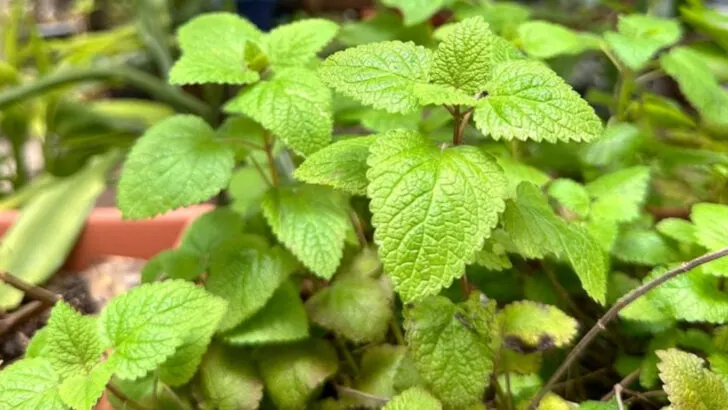Growing herbs sounds simple enough, until one decides to take over the whole container, raised bed, or garden path. Some herbs spread faster than you’d expect, crowding out neighbors and turning a tidy space into a tangled mess. They may smell amazing, but managing them can turn into a full-time job if you’re not careful.
Luckily, not all herbs are so pushy. Some grow with a bit more grace, staying compact and easy to manage even in tight spaces. If you’re planning an herb garden and don’t want it to spiral out of control, it helps to know which varieties to plant with caution and which ones won’t give you any trouble. Here are 10 herbs that tend to take over, and 10 well-mannered alternatives that make gardening a whole lot easier.
Mint
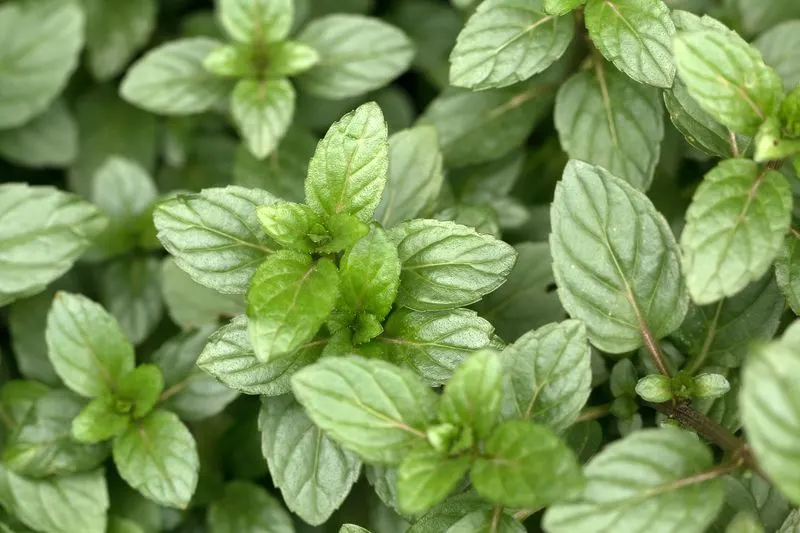
Mint, with its invigorating aroma and lush green leaves, often becomes a garden’s uninvited guest. Known for its vigorous growth, mint can quickly overrun small spaces if not contained. Planting it in pots or dedicated areas helps manage its spread. Historically, mint has been cherished for its refreshing scent and culinary versatility. However, gardeners often find its rapid expansion challenging. Imagine a refreshing mint tea, but picture the plant relentlessly advancing in your garden. Curb its enthusiasm with careful planning, and mint will reward you with its bright, flavorful foliage.
Oregano
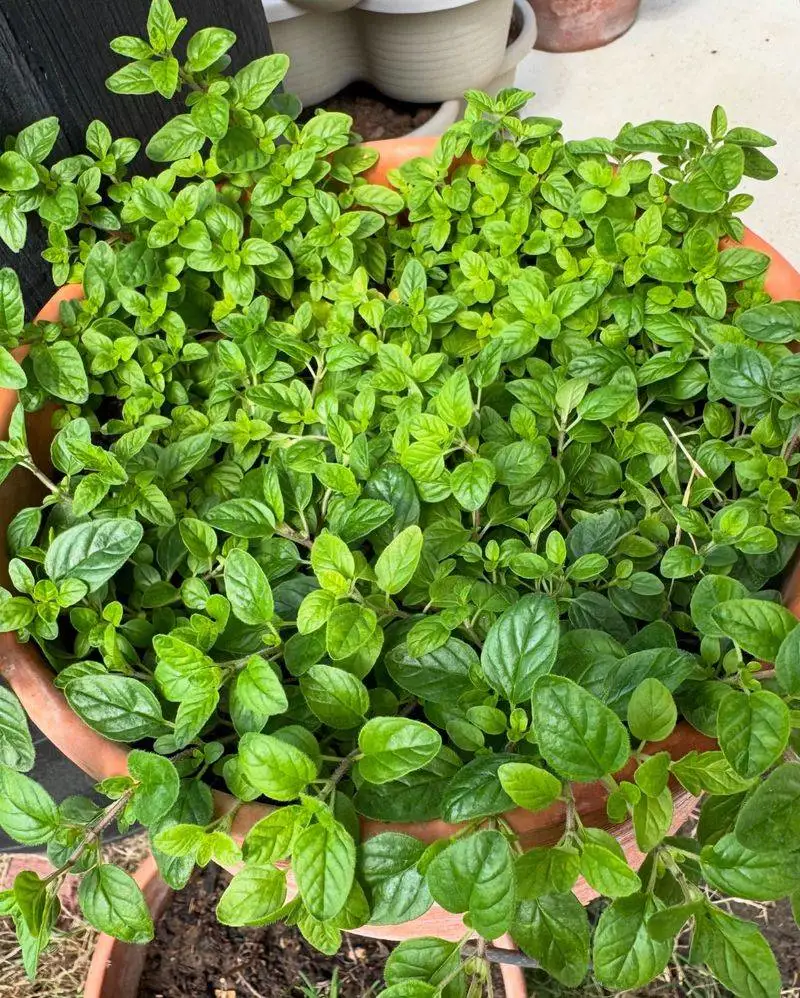
Oregano thrives with a tenacity that matches its bold flavor. A staple in Italian cuisine, this herb can swiftly take over a garden if left unchecked. Its aromatic nature is a boon for kitchens but a challenge for gardeners. Originally hailing from the Mediterranean, oregano’s resilience is both its strength and its Achilles’ heel. Its spreading roots and abundant foliage require diligent control. To enjoy oregano’s culinary benefits without its invasive behavior, consider using containers or raised beds to restrict its growth.
Chives
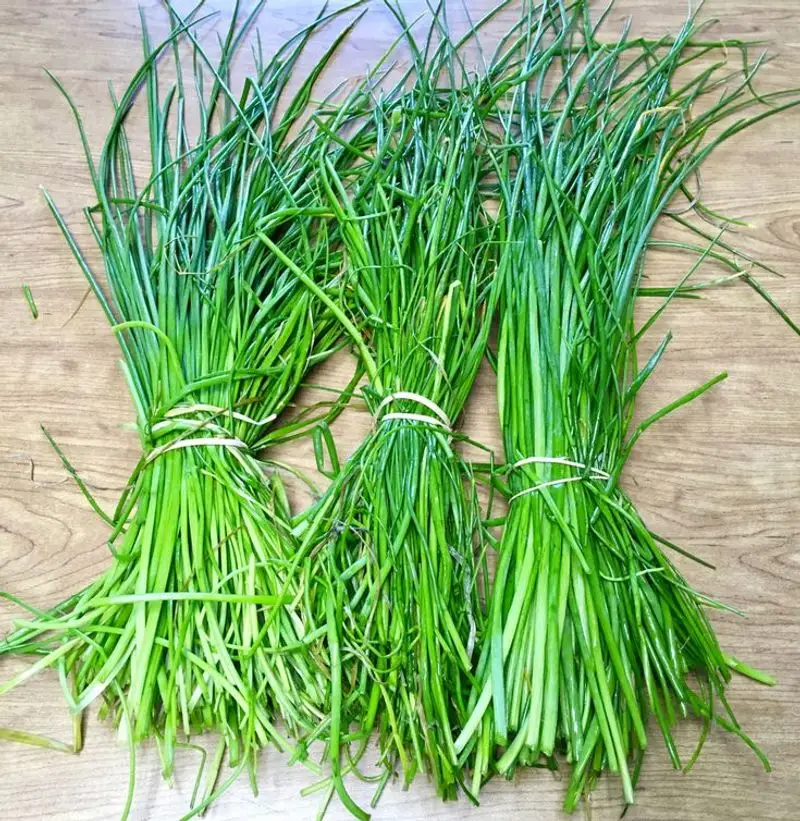
Chives bring a mild onion flavor and vibrant purple flowers to the garden. Although delightful in salads and soups, their clumping nature can lead them to spread. Originating from Asia and Europe, chives have a history of enhancing both gardens and dishes. Their easy propagation means they can quickly fill a space, sometimes more than desired. To keep chives in check, regular division and thoughtful placement are key. Embrace their culinary charm, but be mindful of their eager expansion.
Lemon Balm
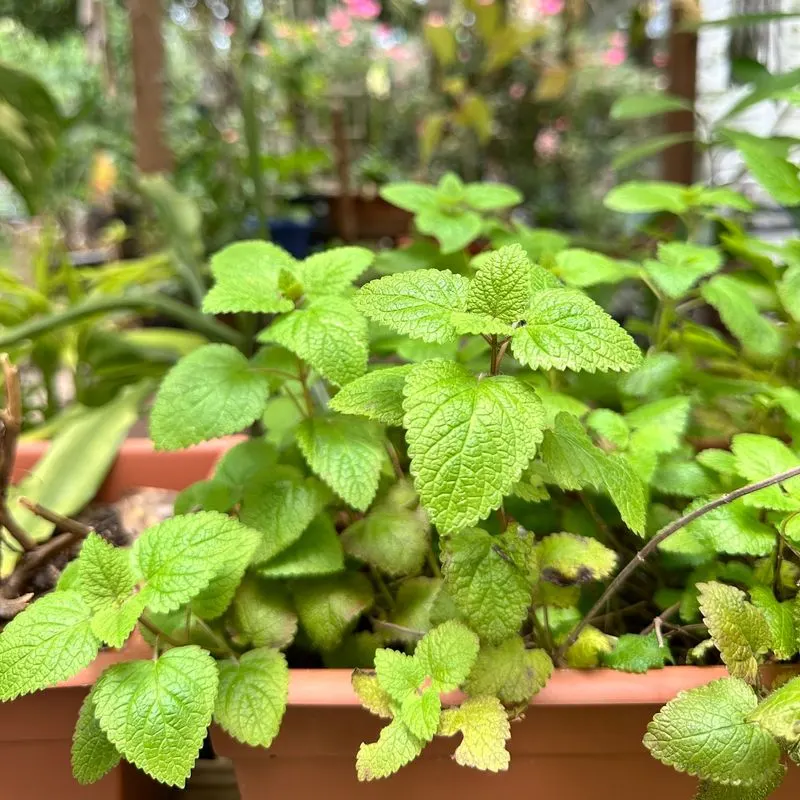
Lemon balm, with its citrusy aroma, is both enticing and relentless. Its lush foliage can easily dominate a garden plot, spreading through underground rhizomes. Originally from southern Europe, it has been used as a calming tea for centuries. Yet, its growth can be anything but calming. Gardeners appreciate its soothing scent but must regularly trim and contain it. By planting lemon balm in pots or isolated spots, its exuberant growth can be managed, allowing its lemony fragrance to charm without overwhelming.
Thyme
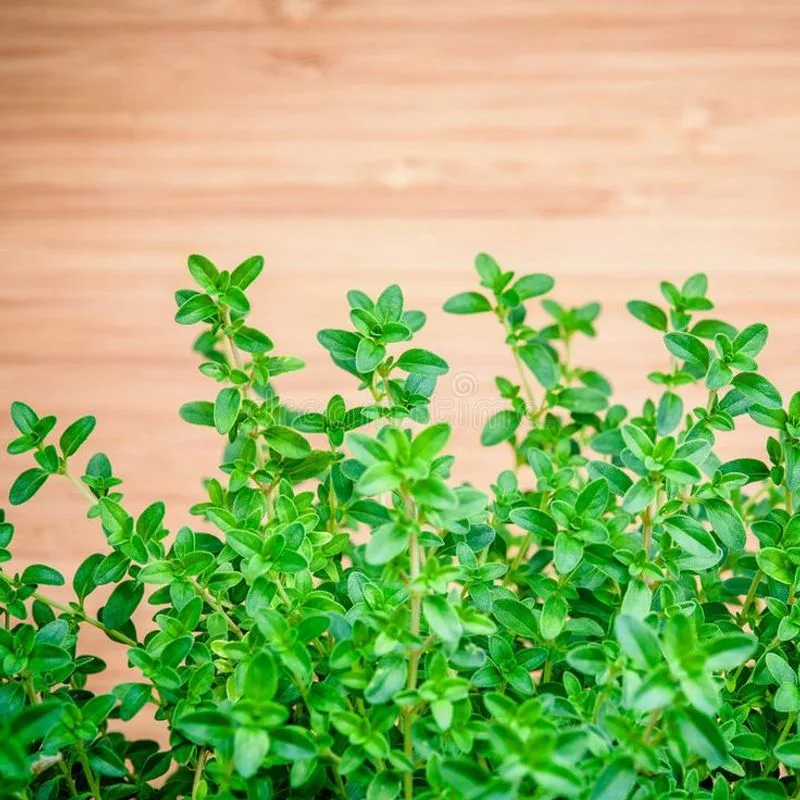
Thyme’s delicate leaves and aromatic presence belie its vigorous nature. This Mediterranean native is a culinary favorite, often used in roasts and soups. Yet, thyme can spread uninvited over garden paths and edges. Its hardiness allows it to thrive in various conditions, adding to its allure and challenge. Regular pruning and strategic placement are essential to prevent thyme from overtaking nearby plants. Embrace its earthy aroma and culinary versatility, but be prepared to manage its wandering tendencies.
Sage
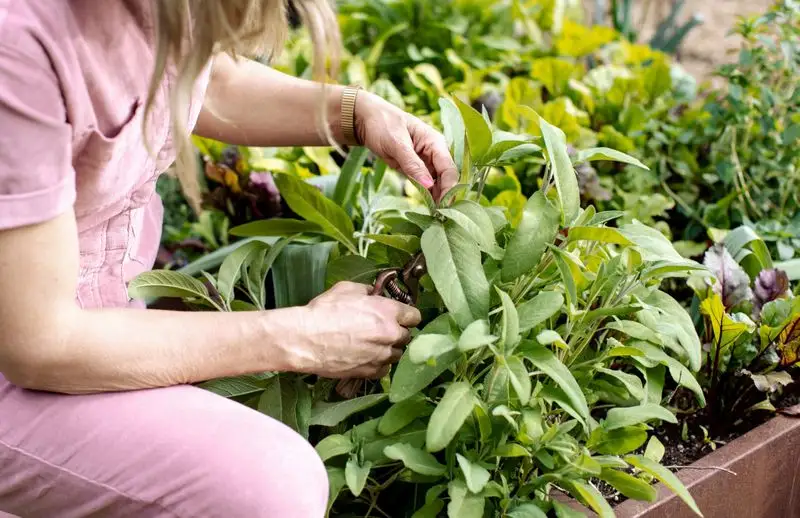
Sage is revered for its earthy flavor and medicinal properties. However, it can become quite the garden conqueror. With robust stems and dense foliage, sage tends to spread if not routinely pruned. Native to the Mediterranean, it has been used for centuries in both kitchens and medicine cabinets. Its resilience is matched by its propensity to occupy space. To keep sage in check, regular cutting back and strategic placement are advised. Enjoy its savory presence in dishes, but maintain its boundaries with careful tending.
Fennel
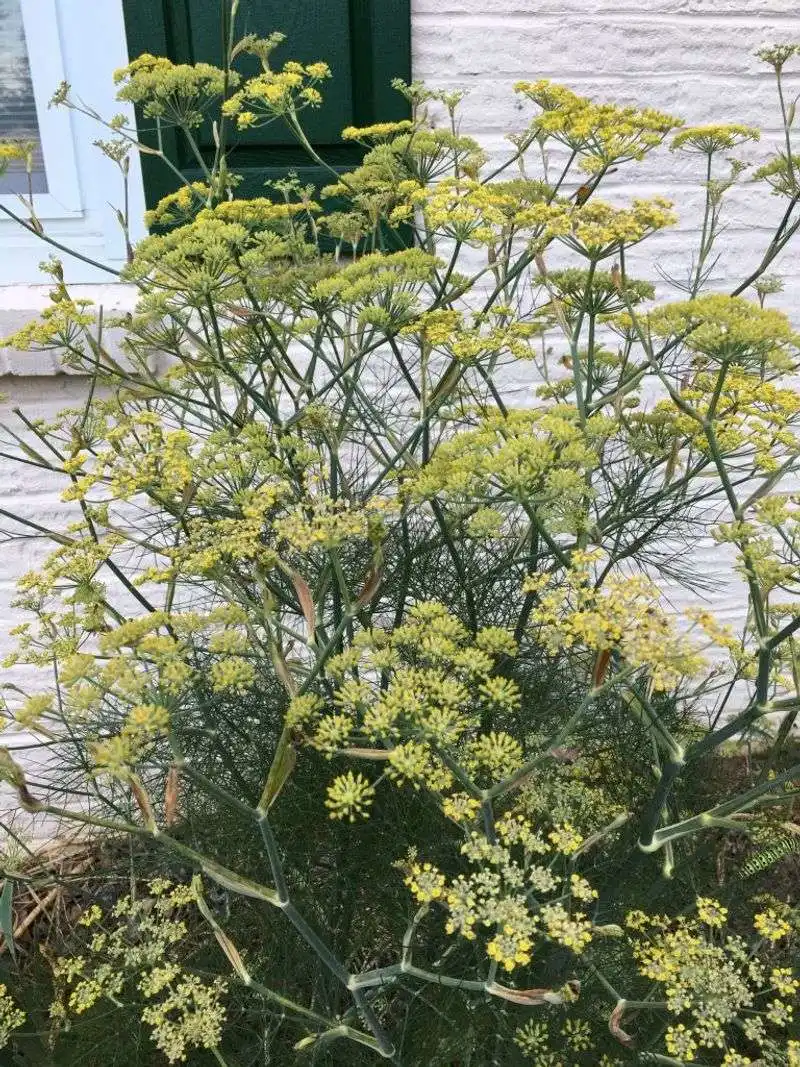
Fennel, with its feathery leaves and anise-like flavor, can become a towering presence in the garden. While its bulb and seeds are culinary treasures, its growth habit often surprises gardeners. Originating from the Mediterranean basin, fennel’s tall stalks can overshadow smaller plants. Its vigorous self-seeding nature requires attention to prevent unwanted proliferation. Fennel adds a unique flavor to dishes, but managing its spread is crucial. Consider using barriers or dedicated plots to harness fennel’s benefits without letting it take over.
Basil
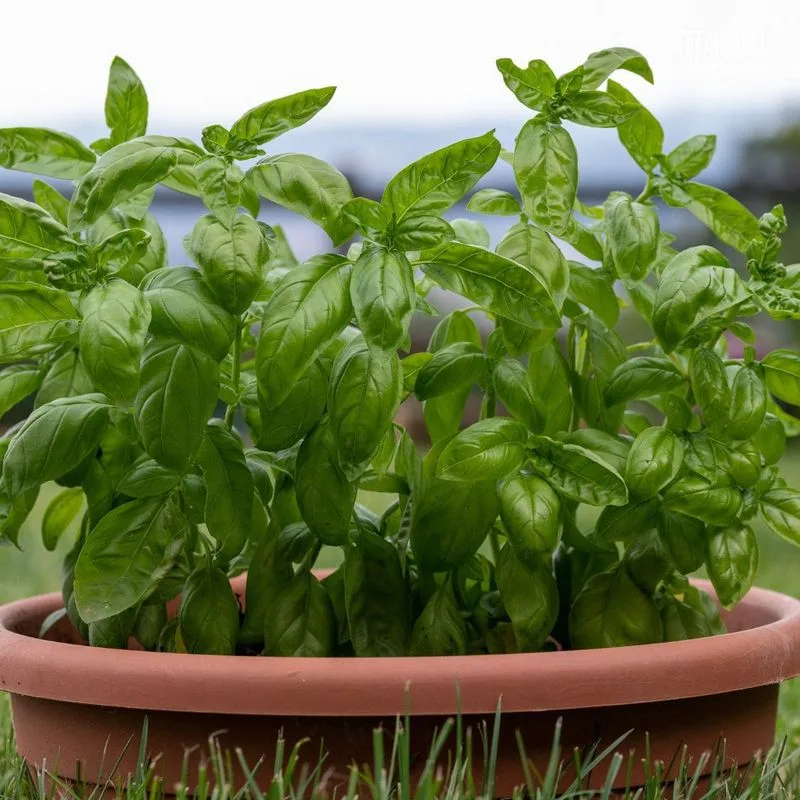
Basil, synonymous with summer and Italian cuisine, offers aromatic leaves that enhance salads and sauces. However, its growth can be as exuberant as its flavor. Originating from tropical regions, basil thrives in warmth and sunlight, often spreading rapidly. Its lush foliage can crowd out neighboring plants if not regularly pruned. Gardeners love its fragrant leaves but must be vigilant to restrain its expansion. By planting basil in containers or regularly trimming it, its delightful presence can be enjoyed without overwhelming the garden.
Tarragon
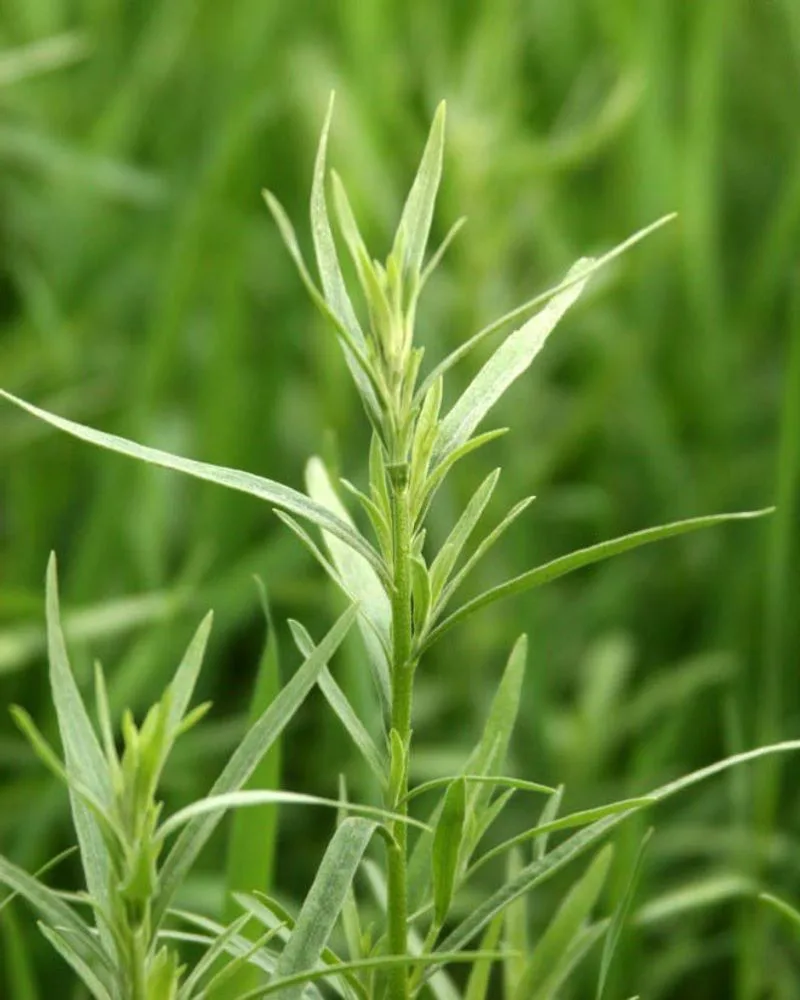
Tarragon, favored for its distinctive anise-like flavor, is a culinary delight. Yet, its roots can spread, leading it to encroach into other areas. This herb has a long history in French cuisine, known for its role in fine dishes. However, gardeners must be cautious, as tarragon’s underground runners can be stealthy invaders. Regular division and careful planning help manage its growth. Relish tarragon’s unique flavor, but be prepared to curb its territorial instincts with thoughtful cultivation techniques.
Parsley
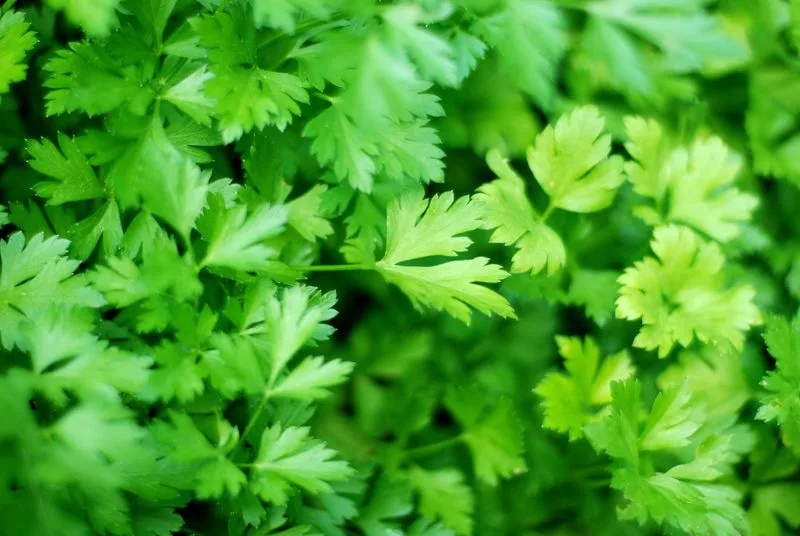
Parsley, often seen as a garnish, possesses a subtle charm. Its fresh flavor complements many dishes, but its growth can surprise gardeners. Native to the Mediterranean region, parsley’s lush green leaves can spread more than anticipated. It requires regular trimming to keep its expansion in check. Considered both a culinary and decorative herb, parsley’s presence is versatile yet demanding of attention. By incorporating parsley into dedicated spaces or containers, its vibrant foliage can be enjoyed without encroaching on neighbors.
Cilantro
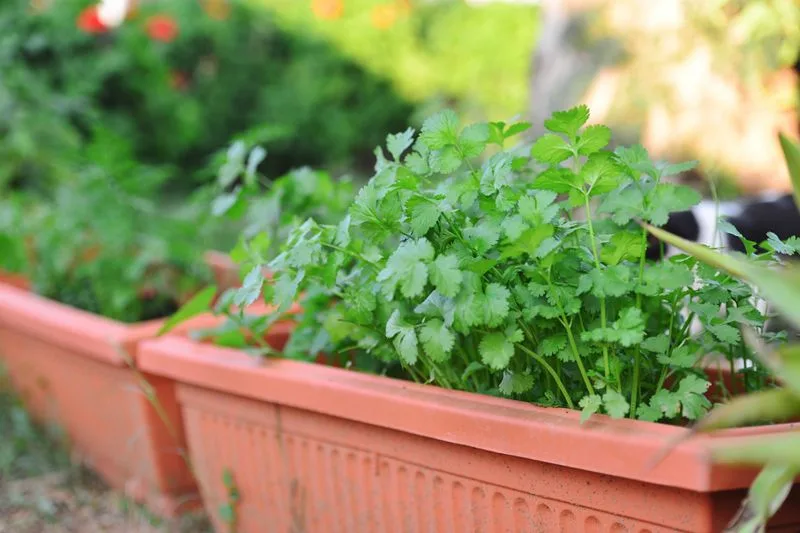
Cilantro, also known as coriander, thrives quietly in gardens, offering a distinct, fresh aroma. Unlike its more aggressive counterparts, cilantro’s growth remains contained, making it a delight for gardeners. Originating from the Mediterranean, it has traveled the world to flavor diverse cuisines with its leaves and seeds. Cilantro’s modest stature and annual lifecycle ensure it doesn’t outstay its welcome. Whether enhancing salsa or curry, cilantro adds a unique zest without overwhelming its companions, making it a beloved addition to any garden.
Lavender
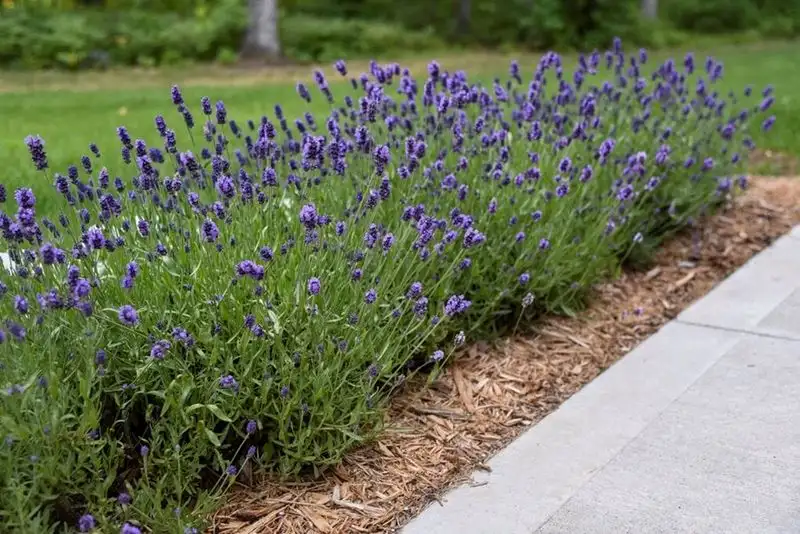
Lavender stands as a serene and well-mannered member of any garden, with its calming scent and vibrant purple blooms. Known for its soothing properties, this Mediterranean native prefers to stay where planted. Its upright growth habit and preference for dry conditions make it a polite addition to garden spaces. While lavender evokes relaxation and beauty, it respects boundaries, allowing other plants to flourish alongside. Whether used for its fragrant oils or simply as an ornamental, lavender’s presence is both peaceful and contained.
Rosemary
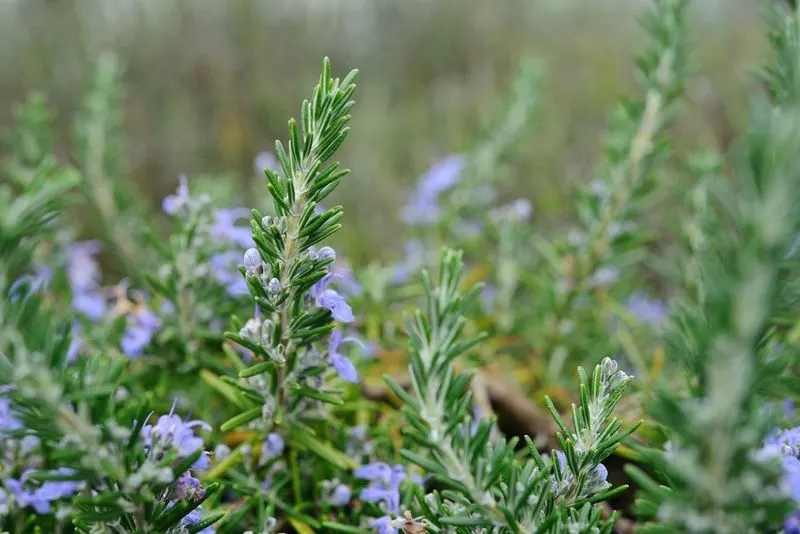
Rosemary, with its pine-like fragrance and flavorful leaves, commands respect in the kitchen and garden alike. Its robust, upright growth ensures it remains where intended, making it a reliable companion for other plants. Originating from the Mediterranean, rosemary enjoys sunny spots and well-drained soil. Its structured form and drought tolerance add to its charm. Whether seasoning meat dishes or simply filling the air with its aromatic scent, rosemary’s disciplined growth makes it a treasured garden inhabitant.
Dill
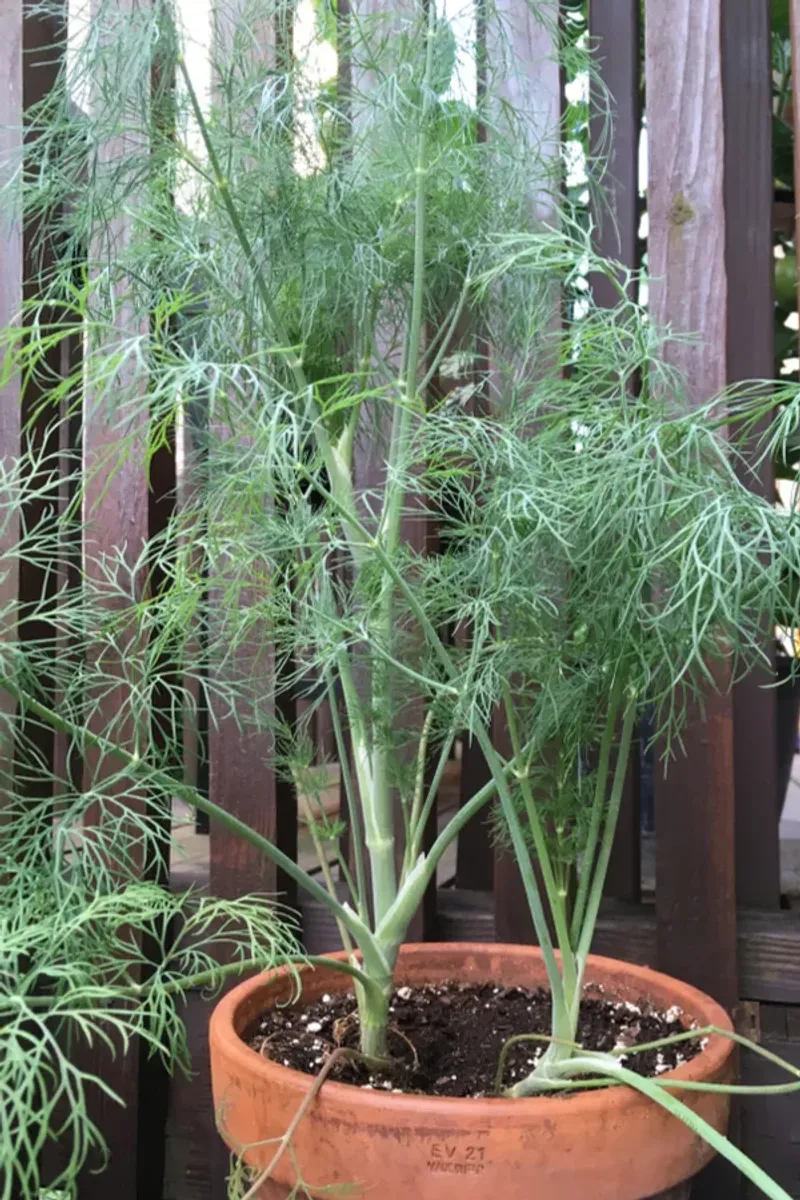
Dill, with its feathery leaves and unique flavor, behaves gracefully in gardens. Its height and airy appearance belie its non-invasive nature. Often used in pickling and seafood dishes, dill’s presence is both culinary and ornamental. Originating from Eurasia, it has found its place in many gardens worldwide. Dill’s annual cycle and self-seeding nature are easily managed, ensuring it remains a delightful yet unobtrusive garden guest. Embrace dill’s culinary contribution without concern for garden dominance.
Borage
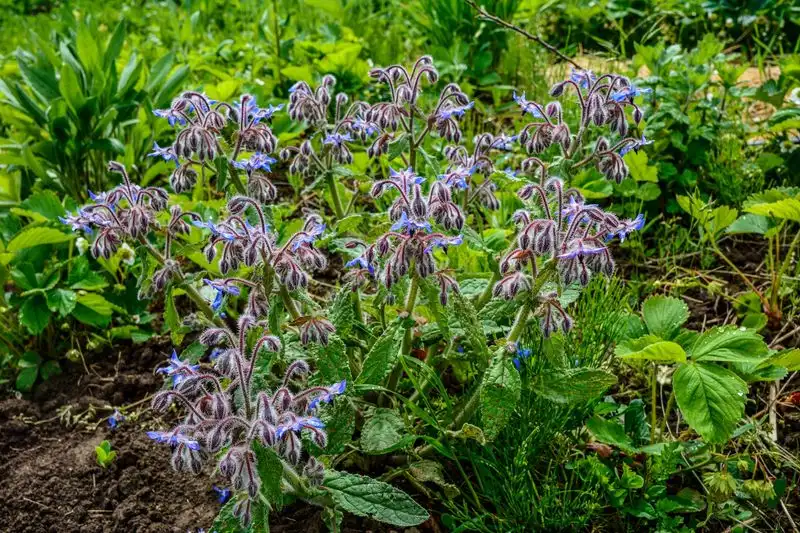
Borage, with its bright blue flowers resembling stars, adds a touch of whimsy to gardens. Known for its cucumber-like flavor, this herb is both decorative and functional. Despite its height, borage grows with consideration, allowing space for neighboring plants. Originating from the Mediterranean, it has been a garden staple for centuries. Its self-seeding nature is manageable, making borage a delightful, non-intrusive addition. Whether attracting bees or enhancing salads, borage’s gentle growth and striking appearance bring joy to any garden.
Marjoram
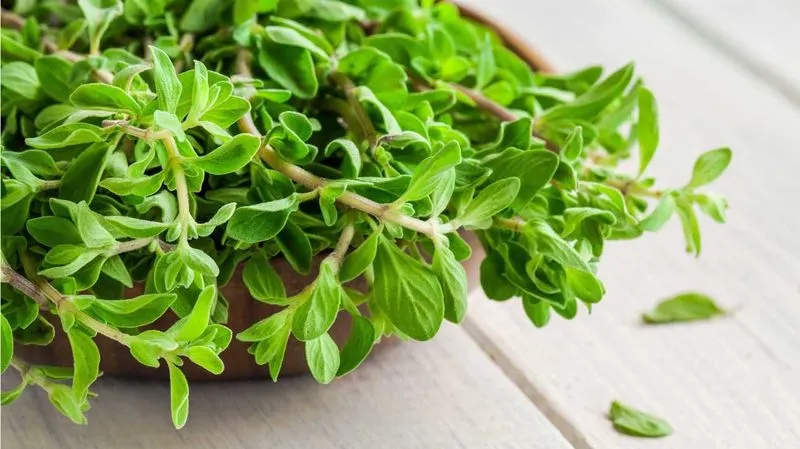
Marjoram offers a sweet, subtle flavor to dishes without demanding much from its environment. This Mediterranean herb grows compactly, respecting boundaries and enhancing garden harmony. Its small, fragrant leaves enrich salads and soups, while its presence is mild-mannered. Originating from the same region as its robust cousin oregano, marjoram’s gentler nature makes it a preferred choice for smaller gardens. Appreciate marjoram’s culinary versatility and unobtrusive growth, knowing it will behave beautifully in your planting scheme.
Chervil
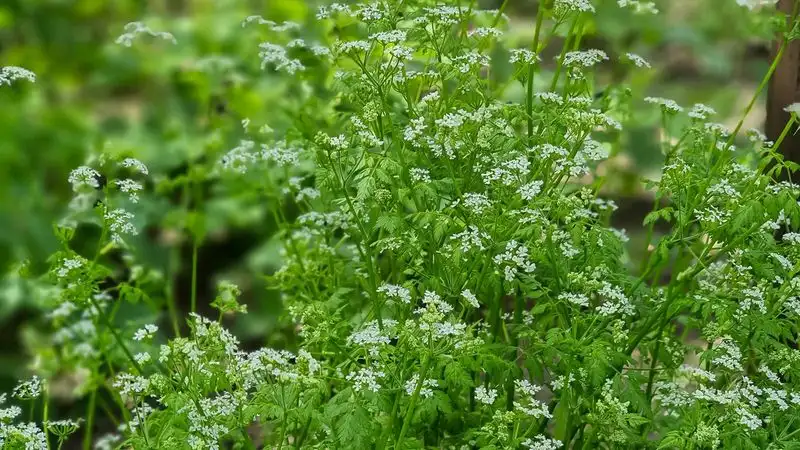
Chervil brings a hint of anise flavor to dishes, with feathery leaves that quietly coexist in gardens. This herb’s subtle presence and gentle aroma make it an ideal companion for more assertive plants. Native to regions in Europe, chervil enjoys cooler climates and shaded spots. Its restrained growth and adaptability make it a gardener’s favorite for peaceful coexistence. Use chervil to enhance culinary creations without overpowering, enjoying its simple elegance and understated charm in your garden landscape.
Sorrel
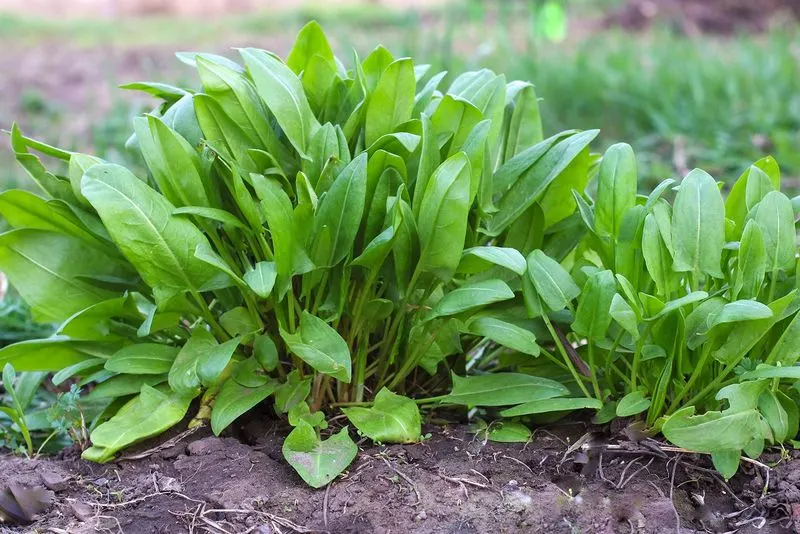
Sorrel offers a tart, lemony flavor, adding zest to dishes without overwhelming garden spaces. Its broad leaves and manageable growth make it a favored choice for herb enthusiasts. Originating from Europe, sorrel has graced gardens for centuries, known for its culinary and health benefits. This perennial herb stays within its bounds, making it suitable for both small gardens and larger plots. Relish sorrel’s distinct taste, knowing it will remain a respectful member of your plant community, offering flavor without fuss.
Bay Laurel
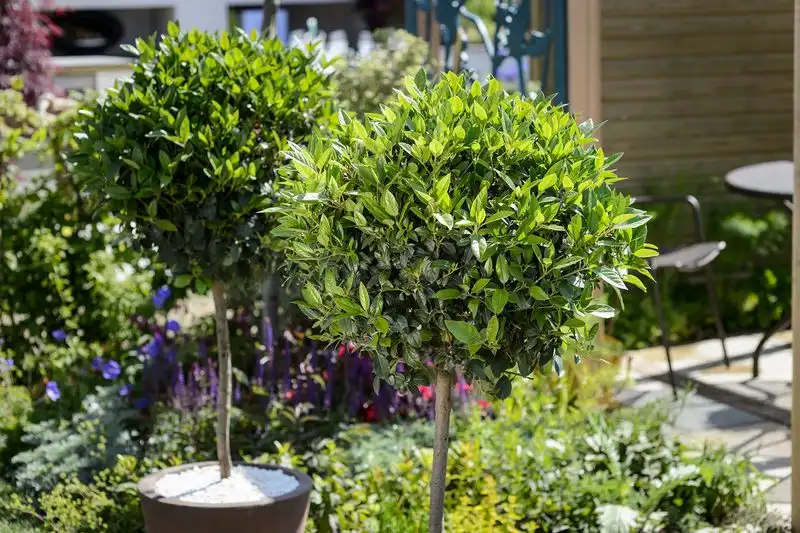
Bay laurel stands with dignity in gardens, offering aromatic leaves prized in culinary arts. This slow-growing shrub or small tree respects its space, making it ideal for container gardening. Native to the Mediterranean, bay laurel’s glossy leaves enhance soups and stews, while its growth habit ensures it remains manageable. Whether grown as a single specimen or part of an ornamental arrangement, bay laurel’s elegance and utility are unmatched. Its steadfast presence enhances any garden without encroaching.
Lemongrass
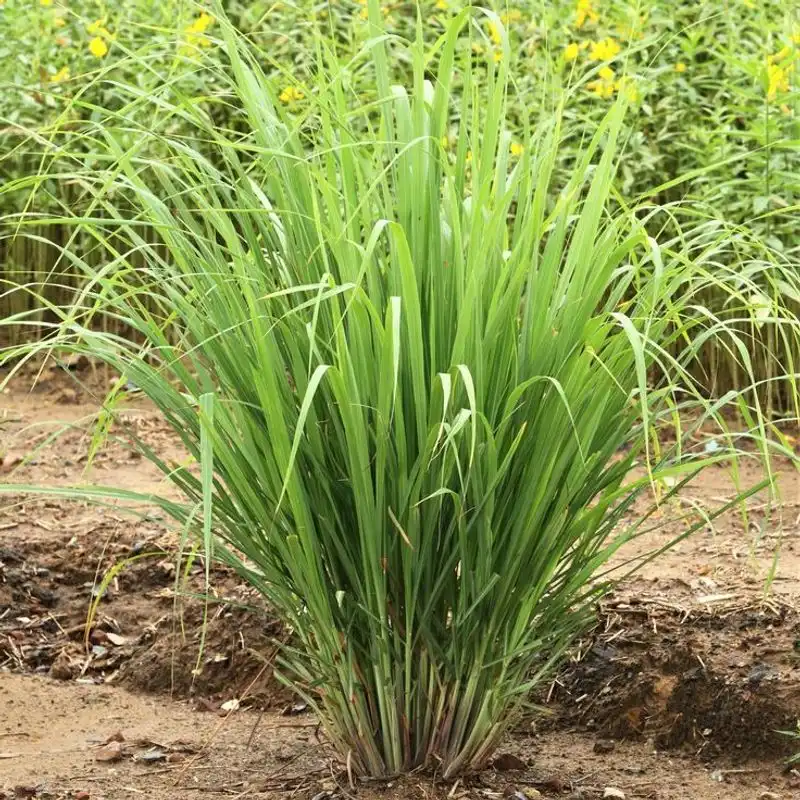
Lemongrass brings a hint of the exotic to gardens with its citrusy aroma and tall, graceful stalks. This tropical herb thrives in warmth but respects its garden neighbors, growing in tidy clumps. Its origin from Southeast Asia contributes to its popularity in culinary practices, infusing dishes with a refreshing zest. Lemongrass’s upright growth and non-invasive nature make it a beloved addition. Enjoy its fragrant charm and culinary versatility, knowing it will coexist peacefully, offering a touch of the tropics to your garden.

